Kaiyu Zhang
Unified and Semantically Grounded Domain Adaptation for Medical Image Segmentation
Aug 12, 2025



Abstract:Most prior unsupervised domain adaptation approaches for medical image segmentation are narrowly tailored to either the source-accessible setting, where adaptation is guided by source-target alignment, or the source-free setting, which typically resorts to implicit supervision mechanisms such as pseudo-labeling and model distillation. This substantial divergence in methodological designs between the two settings reveals an inherent flaw: the lack of an explicit, structured construction of anatomical knowledge that naturally generalizes across domains and settings. To bridge this longstanding divide, we introduce a unified, semantically grounded framework that supports both source-accessible and source-free adaptation. Fundamentally distinct from all prior works, our framework's adaptability emerges naturally as a direct consequence of the model architecture, without the need for any handcrafted adaptation strategies. Specifically, our model learns a domain-agnostic probabilistic manifold as a global space of anatomical regularities, mirroring how humans establish visual understanding. Thus, the structural content in each image can be interpreted as a canonical anatomy retrieved from the manifold and a spatial transformation capturing individual-specific geometry. This disentangled, interpretable formulation enables semantically meaningful prediction with intrinsic adaptability. Extensive experiments on challenging cardiac and abdominal datasets show that our framework achieves state-of-the-art results in both settings, with source-free performance closely approaching its source-accessible counterpart, a level of consistency rarely observed in prior works. Beyond quantitative improvement, we demonstrate strong interpretability of the proposed framework via manifold traversal for smooth shape manipulation.
Improve Ranking Correlation of Super-net through Training Scheme from One-shot NAS to Few-shot NAS
Jun 14, 2022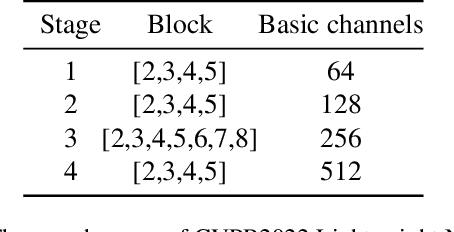

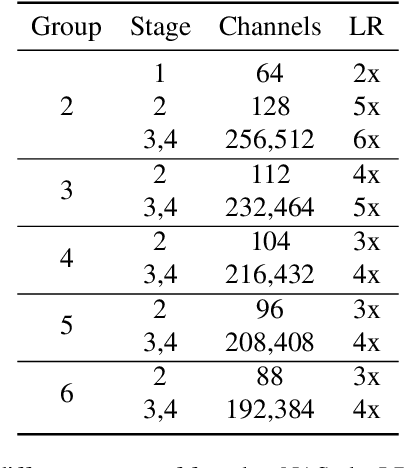
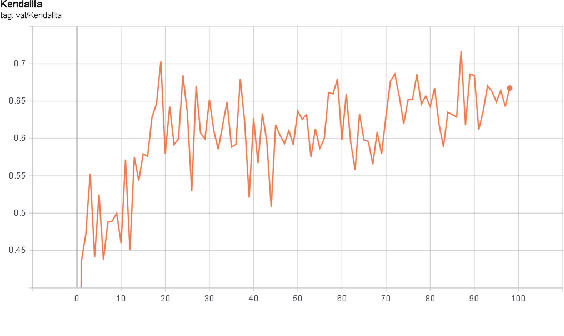
Abstract:The algorithms of one-shot neural architecture search(NAS) have been widely used to reduce computation consumption. However, because of the interference among the subnets in which weights are shared, the subnets inherited from these super-net trained by those algorithms have poor consistency in precision ranking. To address this problem, we propose a step-by-step training super-net scheme from one-shot NAS to few-shot NAS. In the training scheme, we firstly train super-net in a one-shot way, and then we disentangle the weights of super-net by splitting them into multi-subnets and training them gradually. Finally, our method ranks 4th place in the CVPR2022 3rd Lightweight NAS Challenge Track1. Our code is available at https://github.com/liujiawei2333/CVPR2022-NAS-competition-Track-1-4th-solution.
Omnidirectional ghost imaging system and unwrapping-free panoramic ghost imaging
Aug 11, 2021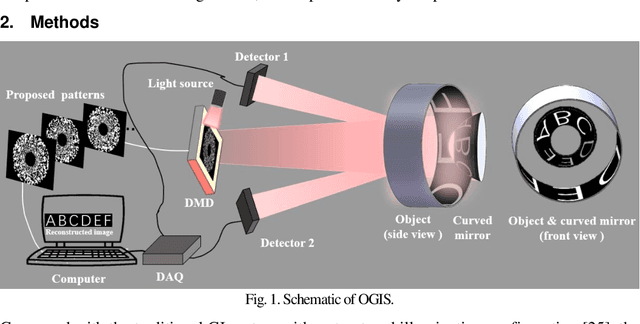
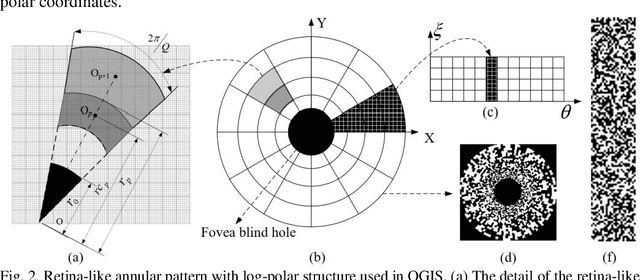
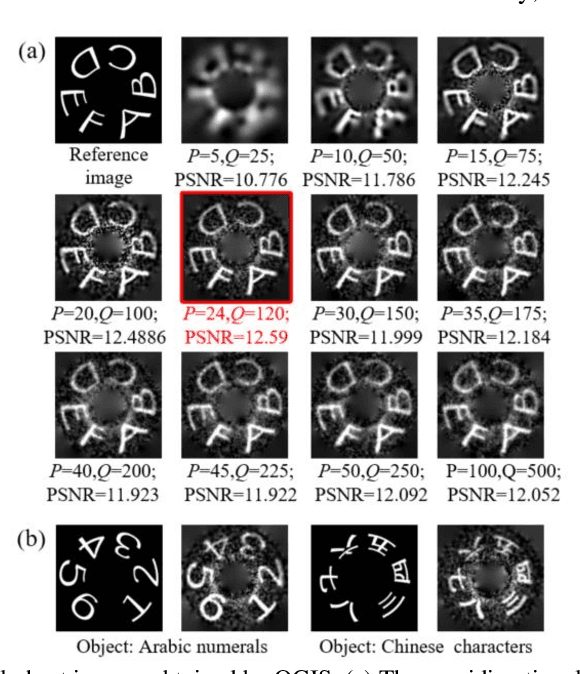
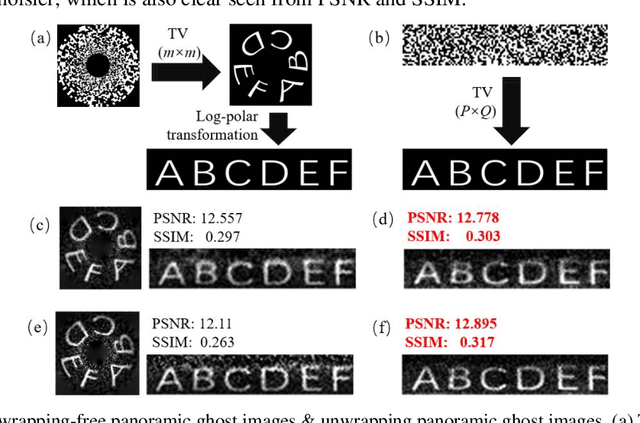
Abstract:Ghost imaging (GI) is a novel imaging method, which can reconstruct the object information by the light intensity correlation measurements. However, at present, the field of view (FOV) is limited to the illuminating range of the light patterns. To enlarge FOV of GI efficiently, here we proposed the omnidirectional ghost imaging system (OGIS), which can achieve a 360{\deg} omnidirectional FOV at one shot only by adding a curved mirror. Moreover, by designing the retina-like annular patterns with log-polar patterns, OGIS can obtain unwrapping-free undistorted panoramic images with uniform resolution, which opens up a new way for the application of GI.
 Add to Chrome
Add to Chrome Add to Firefox
Add to Firefox Add to Edge
Add to Edge